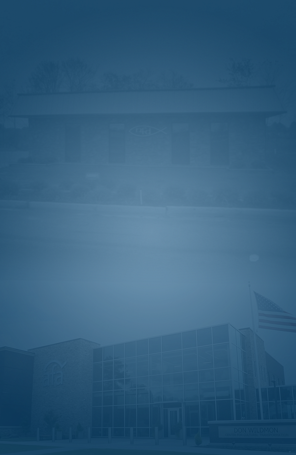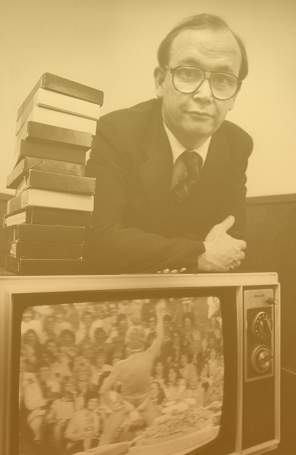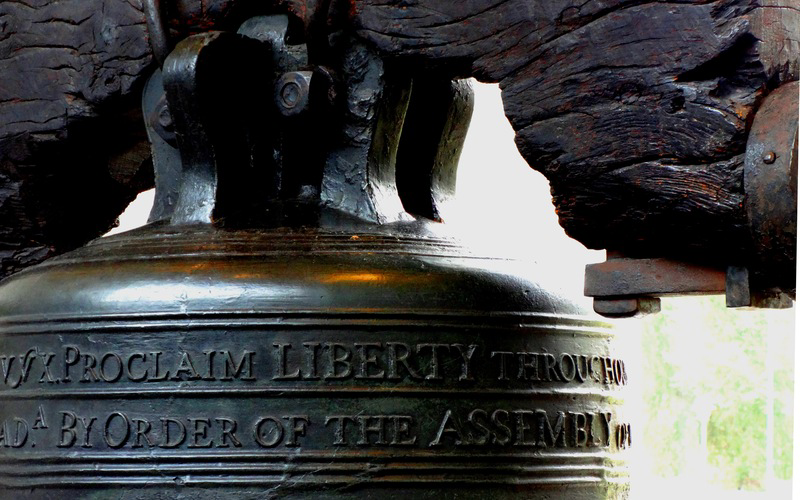For Teen Victims of Sex Trafficking ...
Sign up for a six month free
trial of The Stand Magazine!
When Ohio native Melissa Brown learned the realities of modern-day slavery, she could not sit by idly. After hearing about child sex trafficking at a 2013 conference, Brown became passionate about learning what she could do to help those impacted by the crime.
The U.S. Department of Justice defines child sex trafficking, a form of human trafficking, as “the recruitment, harboring, transportation, provision, obtaining, patronizing, or soliciting of a minor for the purpose of a commercial sex act.” According to the anti-trafficking organization Shared Hope International (sharedhope.org), the “common age a child enters sex trafficking” is between the ages of 14 and 16.
“As I began to dive deeper into this world – by volunteering with local organizations and doing research – I learned that there weren’t resources available for juveniles,” Brown explained. “On a global scale, the United States is the No. 1 consumer of child sex trafficking. How could this be the fastest-growing criminal industry and there be no resources to help restore the lives of kids?”
Yet the young age of the trafficked children wasn’t the only thing that concerned Brown. During her research, she soon discovered that it was not only happening across the U.S. but was prevalent in her home state of Ohio. With the help of the National Human Trafficking Hotline (nationalhumantraffickinghotline.org), Brown immediately discovered that while her state was seventh in population size, it ranked fifth in the nation for suspected sex trafficking reports.
“I had no idea that human trafficking was even a thing,” explained Brown. “Then, when I find out it is a thing, [I realize] the state I live in is leading the way on how to sell humans.”
The help
In 2020, after much prayer, preparation, and research, Brown joined forces with Eight Days of Hope (EDOH) and the ministry’s founder, Steve Tybor, to plan Safe Harbor Ohio, a comprehensive residential campus that would house up to 16 teenage girls, ages 14 to 18, who have been rescued from sex trafficking. Although EDOH (eightdaysofhope.com) is well-known for its rebuilding and rapid response ministry to victims of natural disasters, the organization began its safe house ministry to sex trafficking survivors in 2019. Safe Harbor Ohio was the organization’s 13th safe house/care space build and the largest project of its kind to date.
“At Eight Days of Hope, we know the greatest need in caring for survivors of trafficking is creating more safe places for these people to go … to pursue freedom,” explained Hannah Fletcher, EDOH’s communications director.
“We have always been called to be builders after a disaster, and building places of refuge for survivors of trafficking is part of that,” Fletcher added. “We are humbled that Safe Harbor Ohio will serve our girls, God’s girls, as they seek true healing and eternal hope.”
Following initial planning conversations, the subsequent phases of Safe Harbor Ohio moved quickly. Thanks to EDOH volunteers who traveled to Ohio, the multimillion-dollar campus was built free of charge as a labor of love. The required building materials were either donated by supporters or purchased by Safe Harbor Ohio as needed.
“In 2021, we went public,” Brown shared. “In 2022, we were incorporated, and land was donated. In 2023, we did all the construction, and here we are [open] in 2024. … The whole story of Safe Harbor Ohio has been [marked with] the fingerprints of God.
“We have built a facility for the targeted demographic of 14- to 18-year-old teenage girls,” said Brown. “We have built a place where a girl can get a brand-new start, where she will learn that her value was never in her body.”
The heart
Placement agencies, the FBI, Department of Homeland Security, foster care services, and hospitals, among other entities, refer survivors to Safe Harbor Ohio, where they are met with hope, healing, and restorative care on a six-building campus. Safe Harbor Ohio residents can receive the care they need without ever leaving the facility.
In the administration building, there is a medical wing where the girls’ physical and mental health needs are met. Medical professionals conduct everything from eye exams to gynecological care.
A mobile unit also provides basic dental care to Safe Harbor Ohio residents.
“[However], if a girl needs specialized care, like … a root canal, we won’t do that in the mobile unit,” Brown explained. “But for all intents and purposes, everything is done [on campus]. They don’t have to leave. They can walk up to the medical wing, go to the doctor, and then go back to their cottage, the school, or whatever they were doing.”
The campus contains three cottages (two that can house four girls each and one that can house eight) where the girls live as they rest and recover from the trauma they have faced. A chapel and a creative arts/school building are also on-site.
Depending on the age the girl was when she was first trafficked and the level of trauma she endured, correct educational placement can be hard to determine. That is why Safe Harbor Ohio partners with Quaker Digital Academy (QDA) to help assess the girls’ academic placement. Once the assessment is made, QDA creates an individualized plan to help each girl get caught up to the appropriate academic level.
The hope
Beyond academics, Safe Harbor Ohio offers Sunday worship services and midweek services so that the girls can see and experience the love of Jesus. But when it comes to attending these services, Brown knows that a girl’s openness to the gospel may depend on who abused her and how the abuse happened.
“When you look at statistics, sex trafficking hides in plain sight,” Brown said. “Court records show that superintendents, police officers, pastors, and coaches [have] been arrested for this kind of thing. Based on [the survivor’s] story and who abused her, a church might not be where she wants to go. So we’re going to meet girls right where they are.”
Brown explained how the services are not traditional but instead similar to a teenage version of Vacation Bible School. A pastor and wife are on staff to help spiritually guide the girls and help show what healthy relationships look like.
“We want to help them understand who Jesus is, that He loves them, He died for them, He’s been with them, and He can make them new,” Brown assured.
The hereafter
The state of Ohio does not want a child to stay at a residential facility for longer than a year. So when a girl gets ready to leave Safe Harbor Ohio, the ministry will set up ways to help her readjust to life in the outside world. For example, when a girl enters Safe Harbor Ohio, the ministry identifies the “good people in her life” and works with those people throughout her stay.
“While we’re working with her, we’re also going to work with them,” Brown shared. “We expect whoever the support system is to meet with us bi-weekly to work [toward understanding] the level of trauma that she’s gone through.”
Likewise, if a girl is receiving counseling at the campus, Safe Harbor Ohio will ensure she has a counselor set up near her home and introduce that counselor to her via Zoom or FaceTime before she leaves.
“While we can’t erase the part of her story that she is a survivor of sex trafficking, it doesn’t need to define her for the rest of her life,” said Brown. “We believe that God can and will restore not only the girls who stay with us but generations of them – the kids we never meet.”
(Digital Editor's Note: This article was published first in the September 2024 print edition of The Stand. Click HERE for a free six-month subscription.)
Human trafficking myths and facts
The National Human Trafficking Hotline provides educational resources concerning trafficking. Among them are the following myths and facts condensed and paraphrased from its website:
Myth 1: Human trafficking is always a violent crime.
Fact: Many traffickers groom their victims, using psychological abuse to control them.
Myth 2: Victims are physically bound and unable to leave their trafficker.
Fact: Some victims do not flee due to safety reasons, the need for shelter, and the mental manipulation of their captors.
Myth 3: Trafficking only occurs in underground industries.
Fact: Trafficking occurs in hotels, restaurants, and other well-known locations.

Sign up for a free six-month trial of
The Stand Magazine!
Sign up for free to receive notable blogs delivered to your email weekly.



















